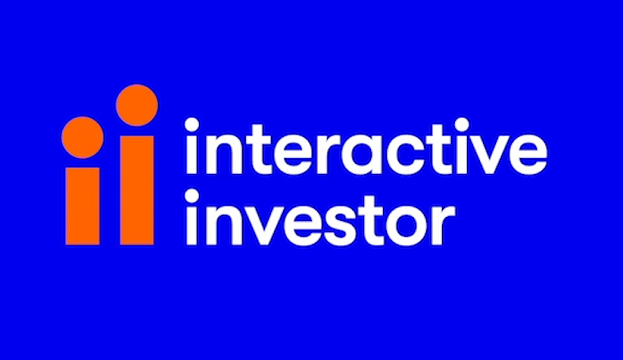Competition on pension drawdown fees gains pace
We welcome increased competition in the investment platform space.
30th November 2020 15:10
by Rebecca O'Connor from interactive investor
We welcome increased competition in the investment platform space.

As Vanguard announces the launch of drawdown for personal pensions, with no drawdown fee, and AJ Bell says it will drop its drawdown fee from January, interactive investor, the UK’s second biggest DIY investment platform, welcomes increased competition in the platform space.
interactive investor removed its drawdown fee on its SIPP in October, allowing those wanting to access their pension pot flexibly the opportunity to do so freely.
There are a host of other potential charges that investors should look out for when comparing platforms. Interactive investor also scrapped a number of other administrative charges last month. For example, ii has scrapped fees for payment of death benefits and UFPLS (which allows pension holders to withdraw some or all of their uncrystallised funds as a lump sum). Pension sharing on divorce fees, and annuity purchase fees were also scrapped last month.
The platform has also calculated that for pension investors going into drawdown with pots worth more than £160,000, interactive investor’s flat fee charging structure for SIPPs works out cheaper than even Vanguard’s low percentage fee.
Interactive investor’s analysis suggest that an average salary earner* who received a 1% salary increase, 2.5% annual investment growth and pays in the auto-enrolment minimum of 8% of their salary every year would have a pension pot worth £160,000 by the age of 63.
Becky O’Connor, Head of Pensions and Savings for interactive investor, said: “We welcome the key trend towards zero-charge drawdown fees, particularly at a time of strain for some people in or approaching retirement.
“The difference that all pension fees make to someone’s pension pot over the decades is massive, running into tens of thousands.
“However it can be difficult to compare the advantages of flat fees, like interactive investor’s, with the rest of the industry’s, which are mainly percentage charges and take more time to calculate.
“Generally, it’s important to remember that as pot sizes rise, so too does the amount being paid in fees on a percentage-based charging structure. A percentage charge can look very low on paper, but it depends on how much you have.
“Flat fees work out as more expensive for people with smaller pot sizes, however the benefits of flat fees for customers with larger pots is in danger of being missed by thousands of pension savers who have managed to accrue pension investments worth £160,000 or more, based on current fee levels.
“This is not an unrealistic amount to have invested for an average earner by the age of 63. People earning more than average or who put more than 8% into their workplace pensions, will hit this sum earlier in their working life and would stand to benefit from the ii flat fee sooner.
“It’s also not unrealistic to imagine younger higher earners, who receive decent pay rises and whose investment growth is above 2.5% could hit this pension pot size in their thirties. So for all workers who are contributing a decent chunk towards their pension, it’s worth checking how your fee compares, in pounds and pence, at intervals throughout working life.”
All ii SIPP investors pay is £10 per month for their SIPP, along with a service plan charge. The service plan charge, from £9.99 per month, gives customers access to a trading account, a stocks and shares ISA, and as many free junior ISAs as they have children (see notes to editors for more information on service plan charges). All for a transparent, fair flat fee which stays the same, even as customer’s wealth grows.
These articles are provided for information purposes only. Occasionally, an opinion about whether to buy or sell a specific investment may be provided by third parties. The content is not intended to be a personal recommendation to buy or sell any financial instrument or product, or to adopt any investment strategy as it is not provided based on an assessment of your investing knowledge and experience, your financial situation or your investment objectives. The value of your investments, and the income derived from them, may go down as well as up. You may not get back all the money that you invest. The investments referred to in this article may not be suitable for all investors, and if in doubt, an investor should seek advice from a qualified investment adviser.
Full performance can be found on the company or index summary page on the interactive investor website. Simply click on the company's or index name highlighted in the article.